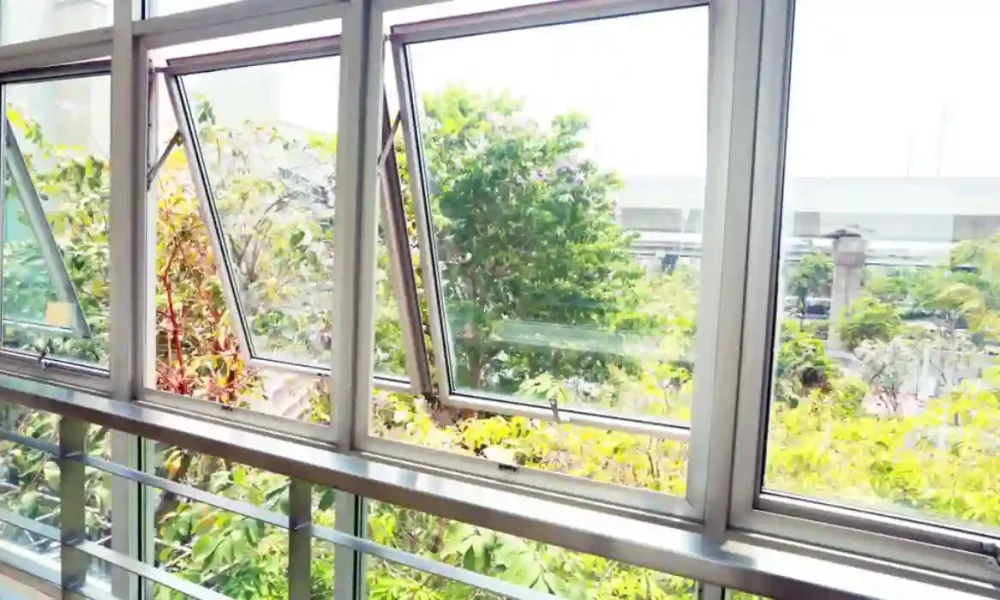
HaanGlas VIG Pro – High-End Window Glazing
If you’re interested in installing high-end window glazing for your home, then you’ll want to consider the HaanGlas VIG Pro. Its innovative, low-profile design is easy to install and maintain, and it has proven itself in a variety of building types.
Development Of VIG Technology
The development of the HaanGlas VIG Pro technology has been a journey of many years. The initial commercialization of the technology by NSG took place over eight years ago. The technology is currently in use in Europe and Belgium, and is being developed in many more countries.
There are several challenges in continuous manufacturing of the product. These include bubbling of molten solder glass, bending of the glass sheets in the edge region, and vacuum degradation caused by outgassing of hot internal surfaces. These issues can be resolved by applying a hermetic edge seal, which provides high reliability.
One advantage of the VIG is that it allows a larger window to wall ratio, as it does not transmit as much heat as conventional glass. However, it is still relatively expensive to produce, with the unit area cost of VIG being higher than that of conventional IG plants. The VIG technology is a significant technological advance, and many companies have a deep interest in it. It is hoped that the cost will decrease as the technology improves.
First Practical Sample Of VIG Made In 1989
When the first practical sample of a vacuum insulated glass (VIG) was made in 1989, it was a milestone in the history of this revolutionary technology. The concept of commercializing this innovative glass had long been a topic of debate. Many companies feared that it was too risky to invest in. However, with the introduction of a more advanced manufacturing process, larger numbers of VIGs can be produced. This would also reduce the cost of the product. It is important to remember that this is a very capital-intensive process.
To date, NSG has manufactured several million VIG units, and the market is growing substantially. This growth is expected to continue in the near future. Increasing VIG sales volumes will lead to lower costs and better performing VIG products. VIGs have high thermal insulation, eliminating the need for heat transfer between the interior and exterior of a building. The product can be applied in a variety of applications, including window and door frames, laminated vacuum glass, and more.
High Reliability In Many Types Of Building
HaanGlas VIG Pro is the highest performing vacuum glazing on the market. The company has developed a laminated vacuum glass to offer improved safety and acoustic performance. This material can be used to fit thick window frames. It can reach 50 years of performance. HaanGlas also offers a 10 year warranty on its vacuum glazing. The company vacuum glazing solutions plans to expand its product line to more countries and regions in the near future.
The company’s patented vacuum insulating glass is equivalent to existing glass, but eliminates radiative heat transfer between its sheets. The technology can be applied to the design of refrigerators and other appliances to prevent condensation and extend their lifetime. The product has been in production since the late 1990s. The company has manufactured several million units. It is now in the process of expanding its manufacturing capabilities.
The product has been tested in a variety of building applications. It has shown excellent reliability. The initial product was manufactured in a small pilot manufacturing line at the company’s Kyoto facility. It was followed by a second plant in Ryuagasaki, Japan.
Commercialization Of VIG Technology
Commercialization of the HaanGlas VIG Pro technology is now underway. As a result, this high-performance vacuum insulating glass will be more affordable and energy efficient. It can also be used in the renovation of historic buildings. The technology offers the ability to significantly reduce carbon emissions and to prevent condensation.
A review of the development of VIG over the past eight years indicates that the concept was initially thought to be costly and risky. However, the technology has proven to be highly reliable in the practical application of window glazing.
Final Word
So, if you are looking for a good glass, this might be a good option for you. It is designed to reduce energy consumption. It has an excellent thermal conductivity. It can be used in windows, refrigerators and other types of buildings. It can also reduce the risk of upper respiratory infections and dizziness.